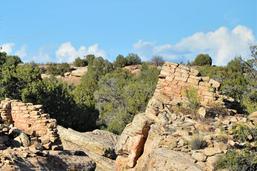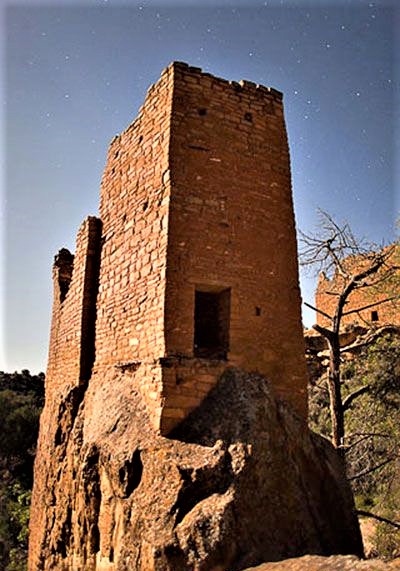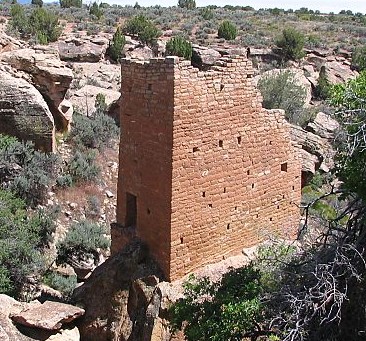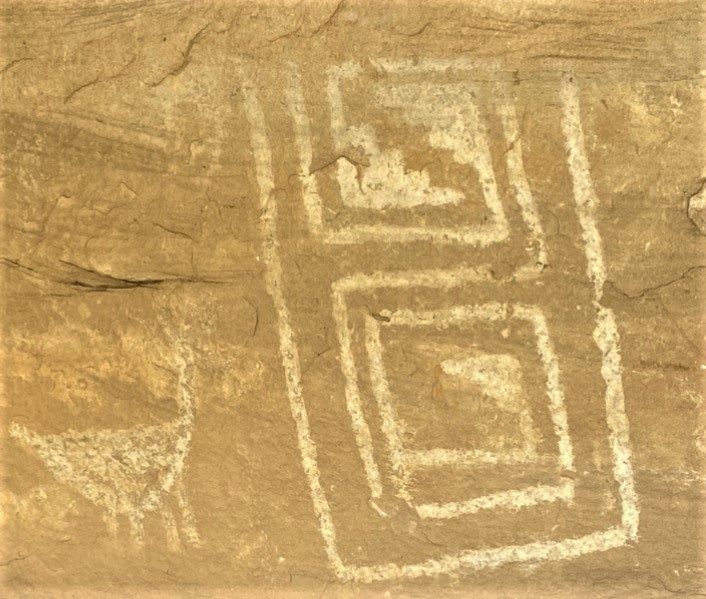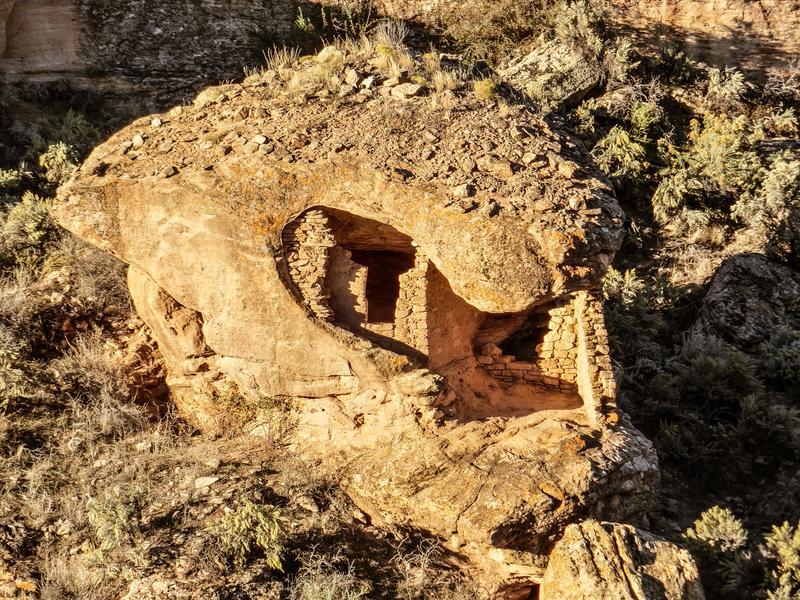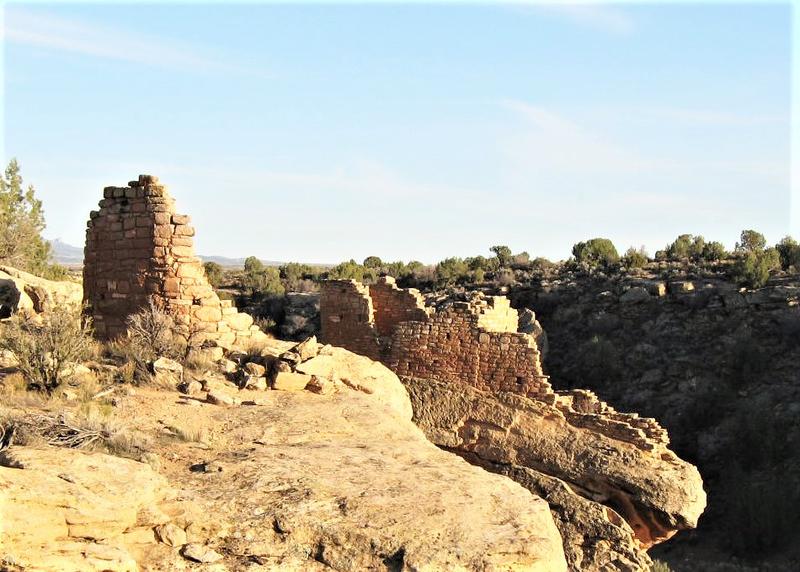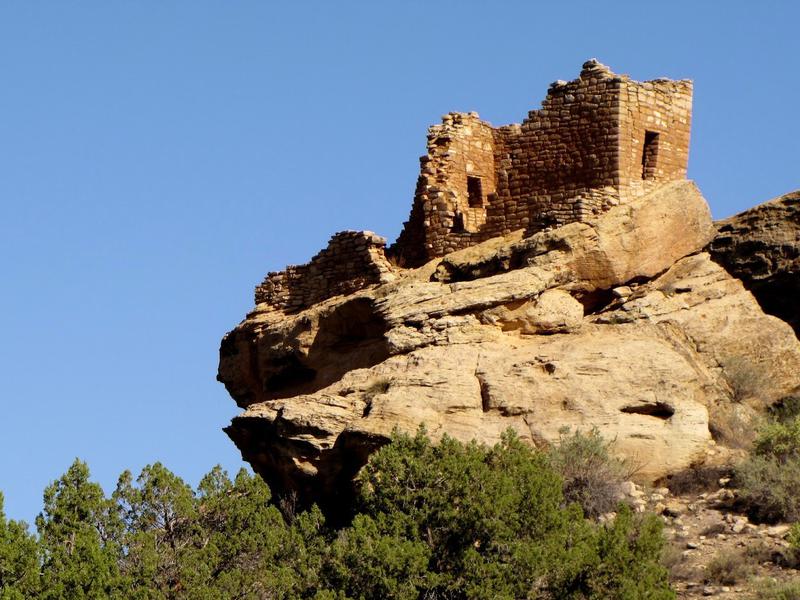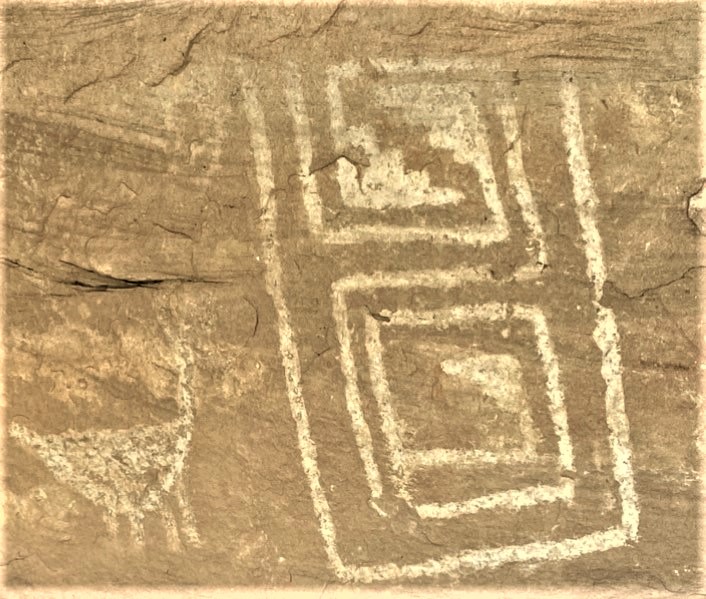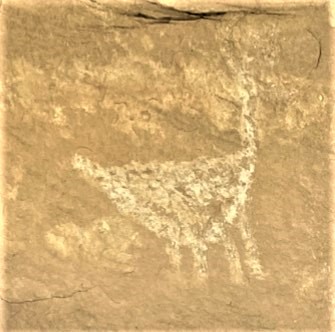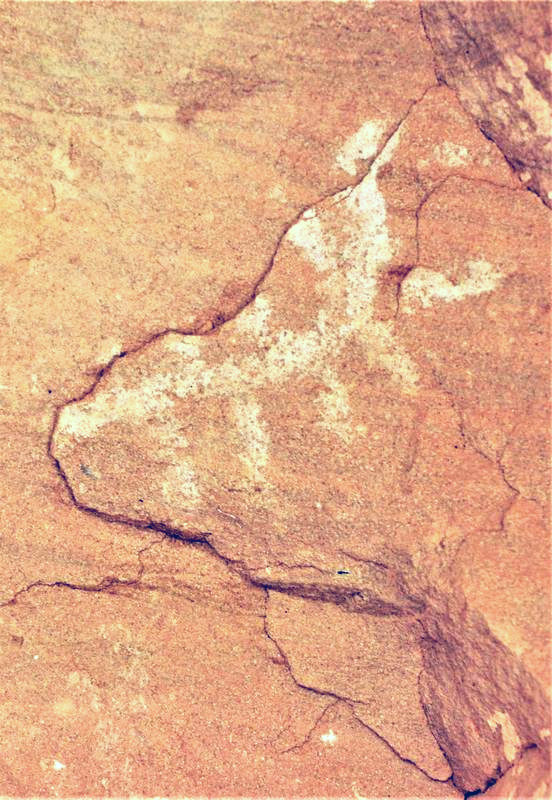HOVENWEEP ANCESTRAL PUEBLOAN VILLAGES
Hovenweep, home of the Ancestral Puebloans, the Anasazi, is located in America's four-corners region. The six villages on the Cajon Mesa of the Colorado Plateau have architecture similar to that of Mesa Verde's cliff dwellings, but on the plateau instead of in cliffside alcoves. Hovenweep's inhabitants were closely affiliated with Anasazi from Chaco Canyon, Mesa Verde, and others. Hovenweep became a National Monument in 1923.
Originally hunter/gatherers, the Anasazi became an agrarian culture, built communities and constructed irrigation systems that allowed them to grow crops and settle. Research indicates more than 380 individual dwellings and small villages exist within a 50-mile radius of Hovenweep's primary village which has existed since 700 A.D. Hovenweep's stone structures employed tremendous engineering and masonry skills in the construction of pueblos up to 4-stories tall, and most have remained considerably stable for almost one-thousand years.
It is believed that a 23-year draught was the primary cause for the Anasazi inhabitants of Hovenweep and Mesa Verde to abandon their villages and moving south, leaving their homes for hundreds of years before their ruins were discovered by explorers, missionaries and ranchers in the1800's. Cortez was perhaps the first outsider.
Hovenweep and Mesa Verde were at the pinnacle of the Ancestral Puebloan civilization between 850 A.D. through 1320 A.D., though there is evidence of mankind being in this region as early as 23,000 years ago. The transformation from hunter/gatherer to a sedentary agricultural lifestyle is believed to have begun circa 500 A.D. with the construction of smaller dwellings,
The University of Utah's Lifelong Learning offers a course on the Hovenweep and the Anasazi inhabitants of the four-corners region in March, 2025. The course will include an emphasis on the Ancestral Puebloan culture, along with extensive discussion on their migration and eventual disappearance. Come join us.
PHOTOS WILL BE ADDED AFTER EACH EXPEDITION
Cajon Village structures & pictographs. Original cave dwellings may have evolved to being possible grain storage facilities. Some of these buildings in Cajon were 3-stories tall, though towers in other villages were up to five stories tall.
Photos below are of the Square Tower Village of Hovenweep. Hovenweep's cultural center, back then, and now the NPS Hovenweep site headquarters.
COPYRIGHT - All works protected by Copyright © 2007 - 2025 Raymond Cannefax
Stronghold House
Eroded Boulder House
Hovenweep Castle
Hovenweep House
Stronghold House
Holly Tower
Stronghold House
Cutthroat Castle
Tilted Tower - Holly Village
Hovenweep Castle
Hovenweep Castle
Cajon Village
Cajon Village - 950 CE
Holly House
Isolated Boulder Tower -
Holly Village
Holly Tower
Holly Tower
Square Tower
Cool Spring House - Cajon Group
Stronghold House
Square Tower
Tower Point
Edward Abbey defined Hovenweep as "A most weird and magical land" where spirts still abound.
See you in Sept. 2025 at the U of U. To enroll in the Hovenweep course, go to:
Double click here to add text.
Copyright © 2015 - 2025 by Raymond Cannefax. All rights reserved. No images or text from this website may be used without written permission from Raymond Cannefax
"The most weird, wonderful, magical place on Earth!"
- Edward Abbey
